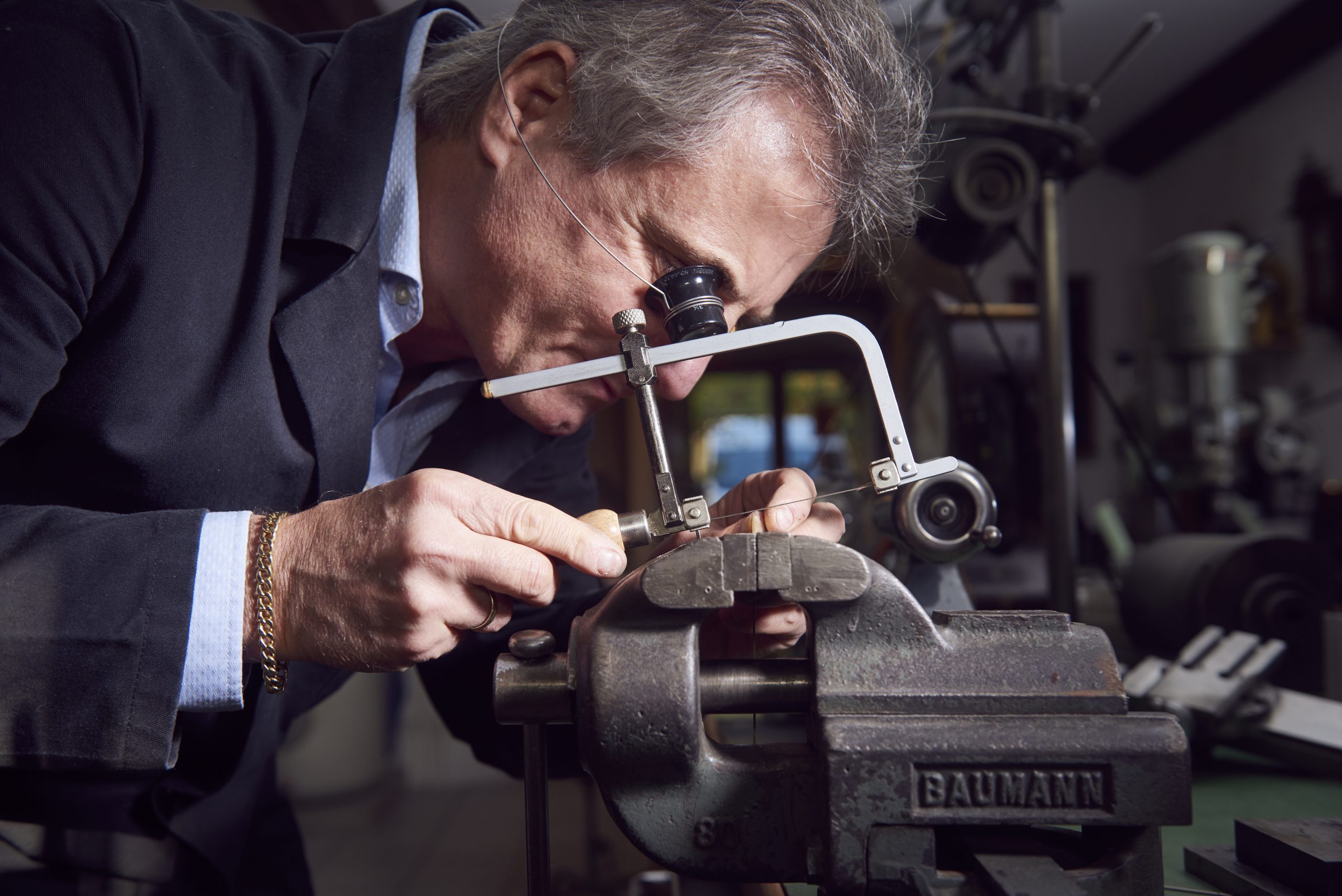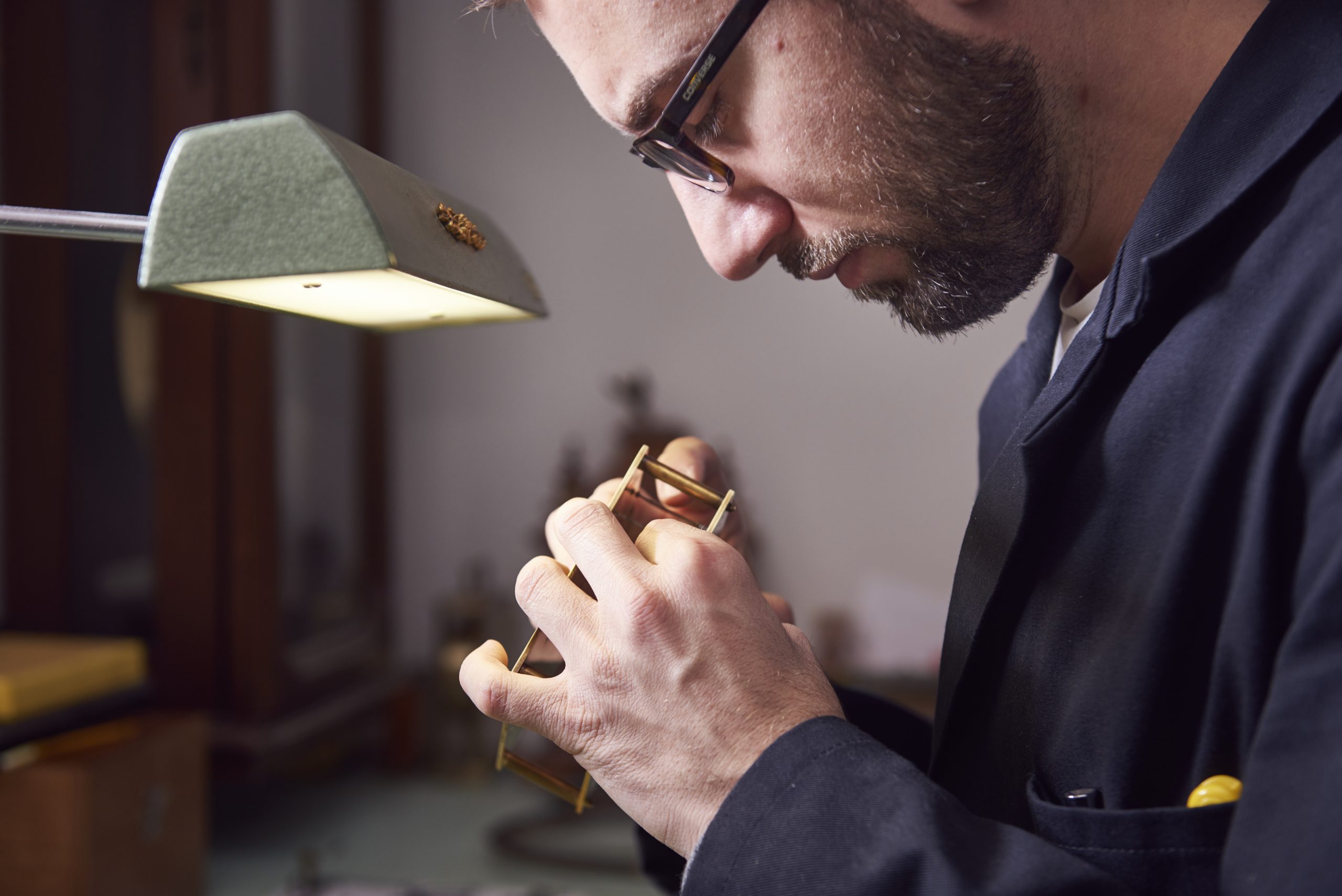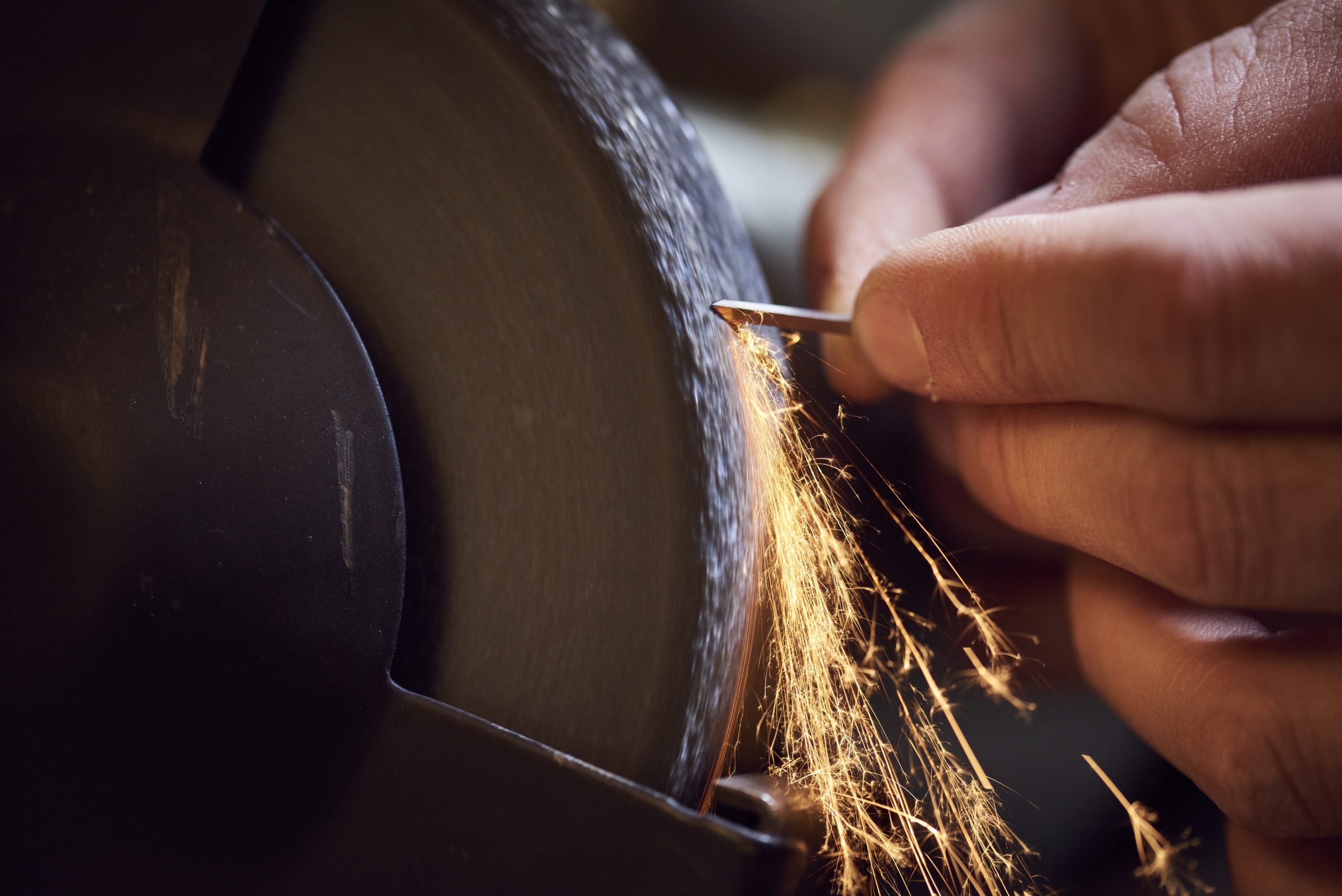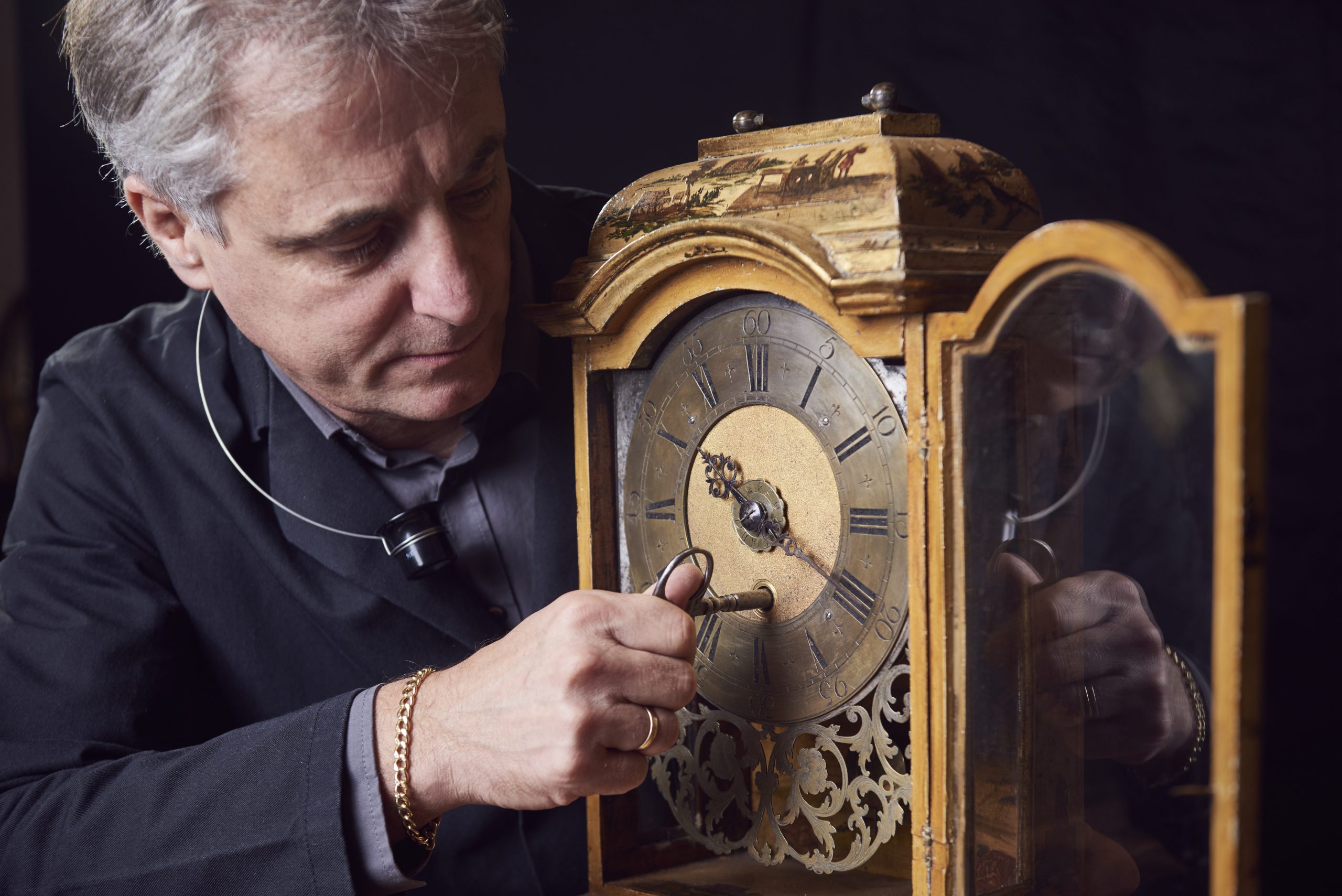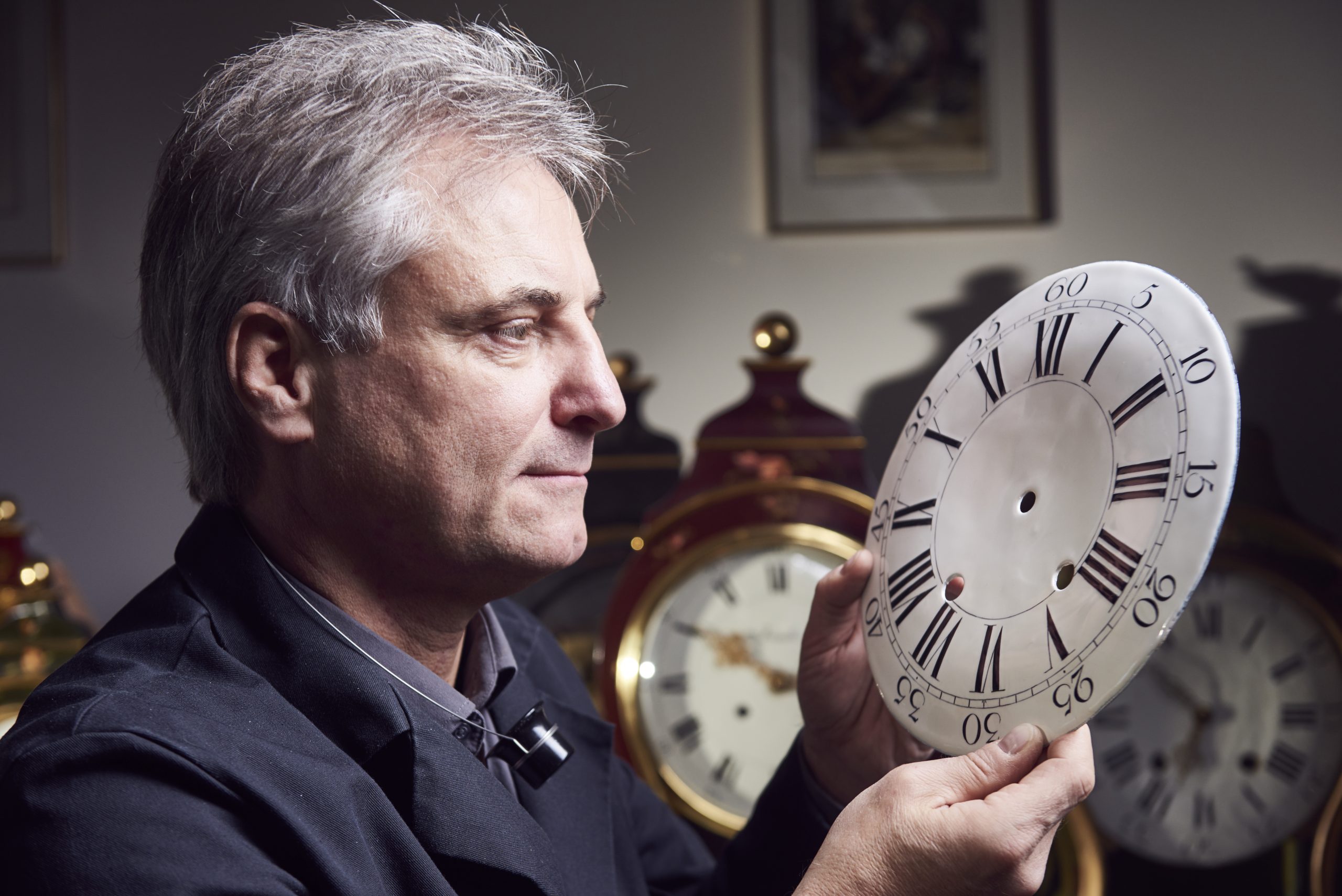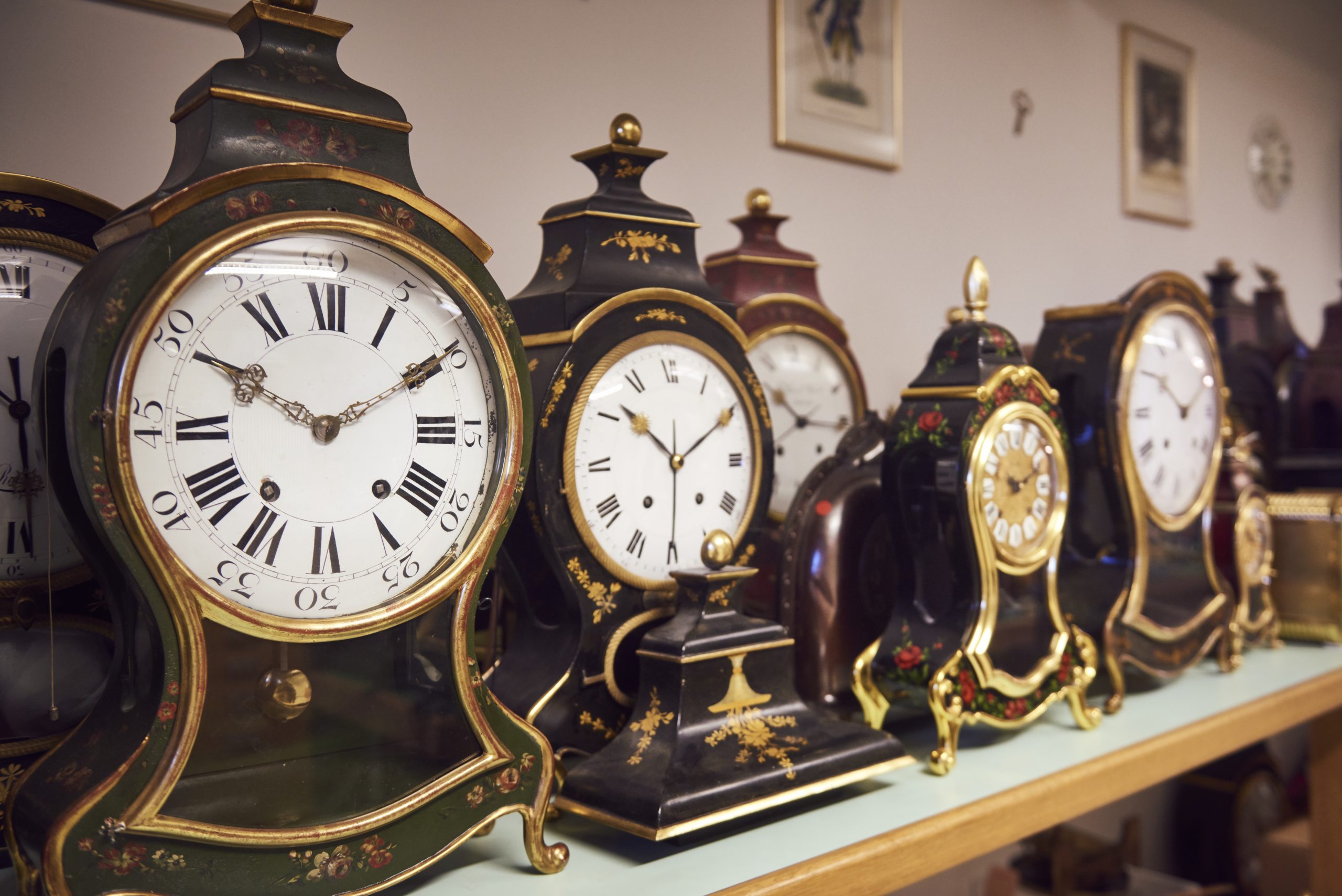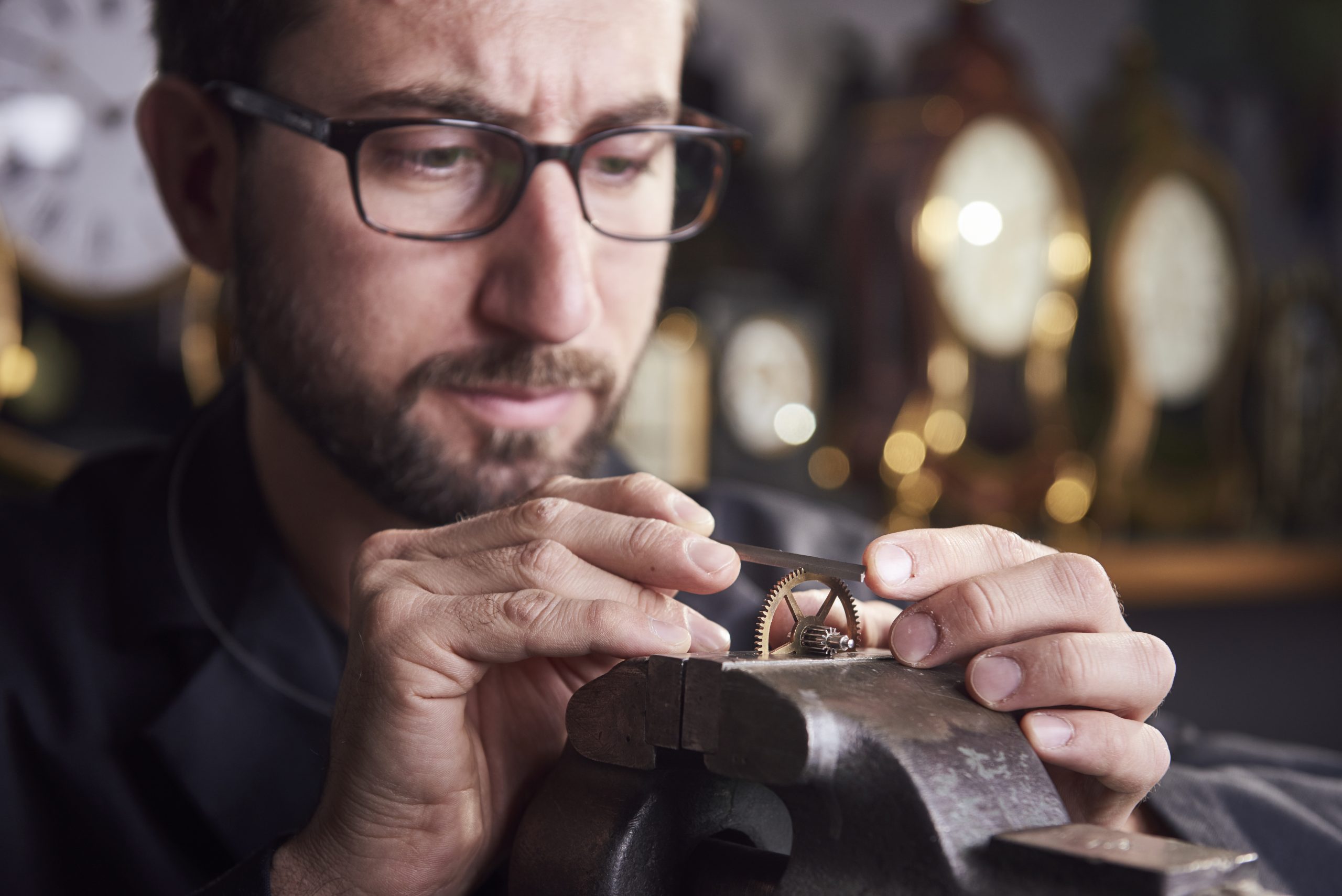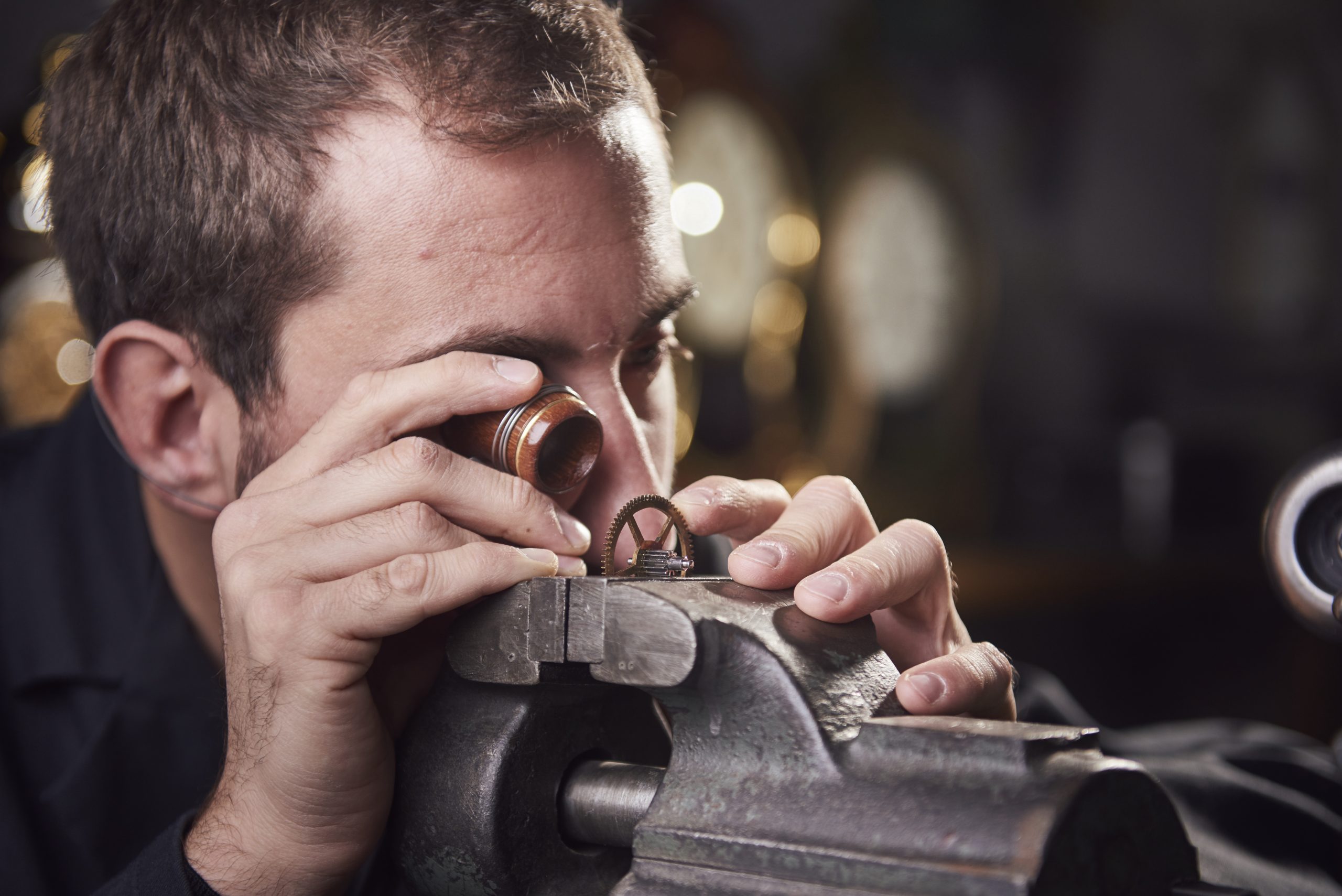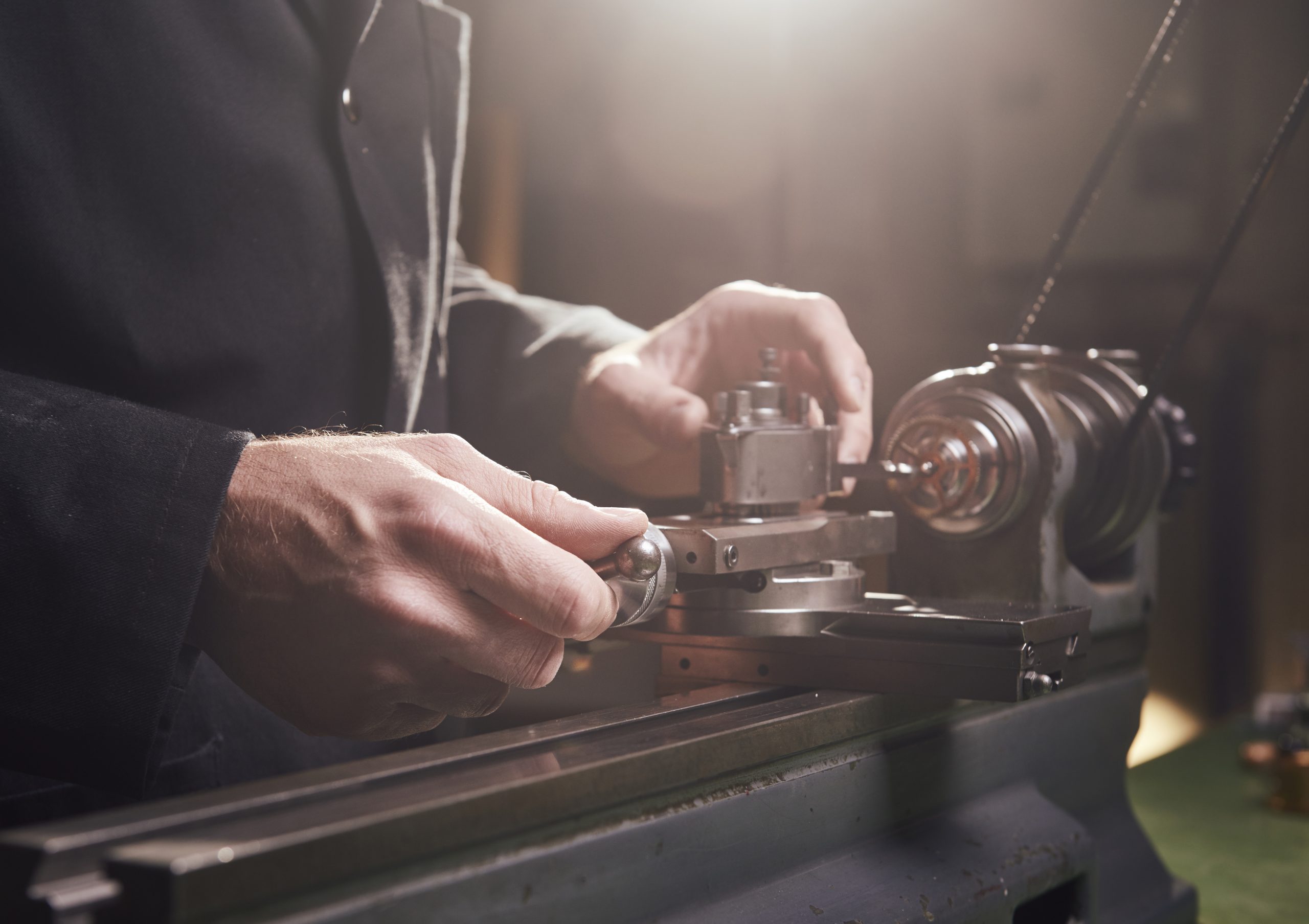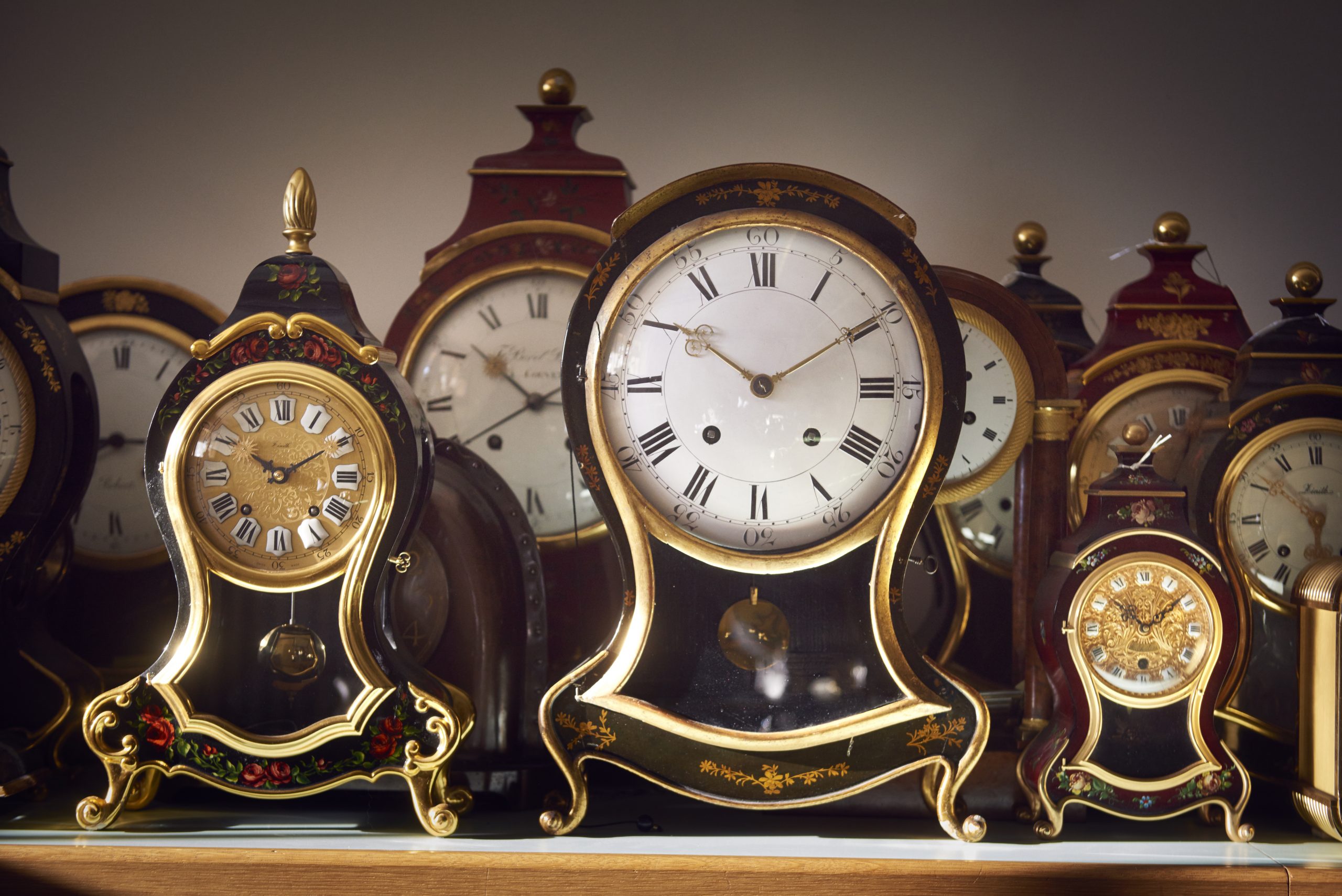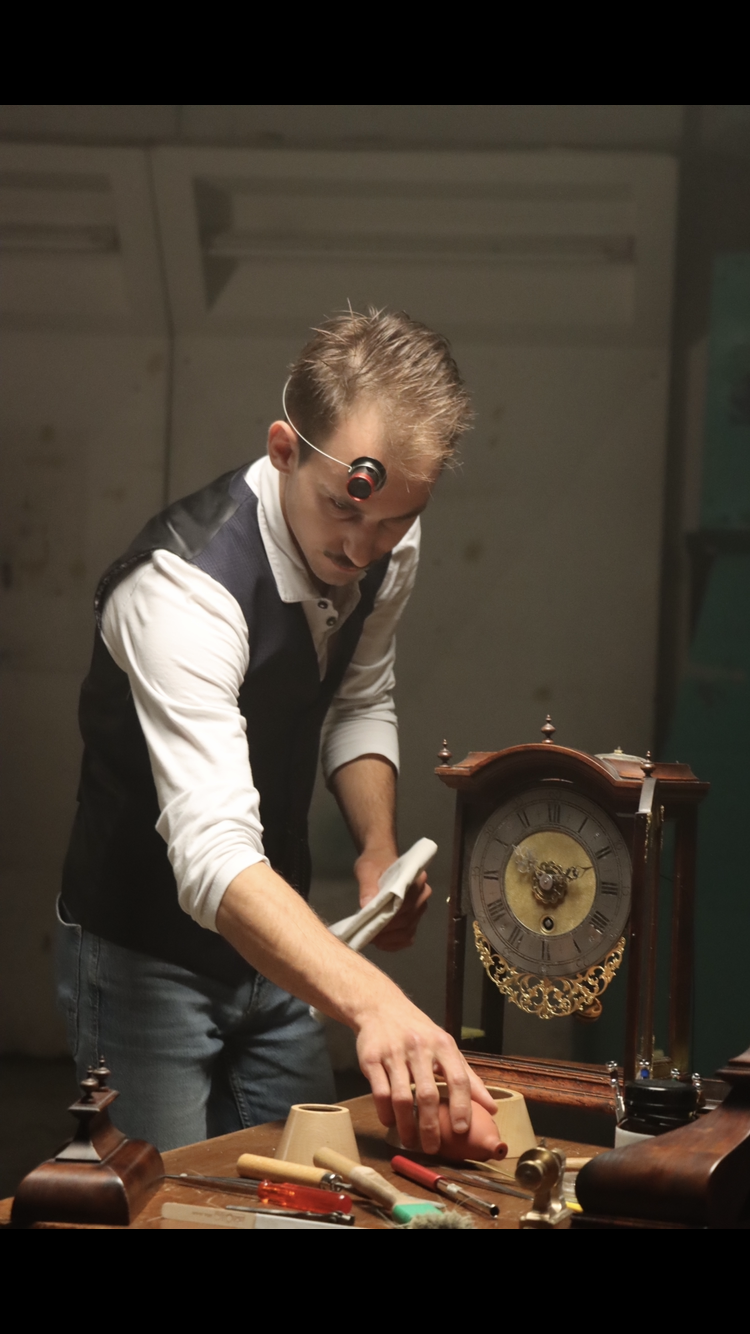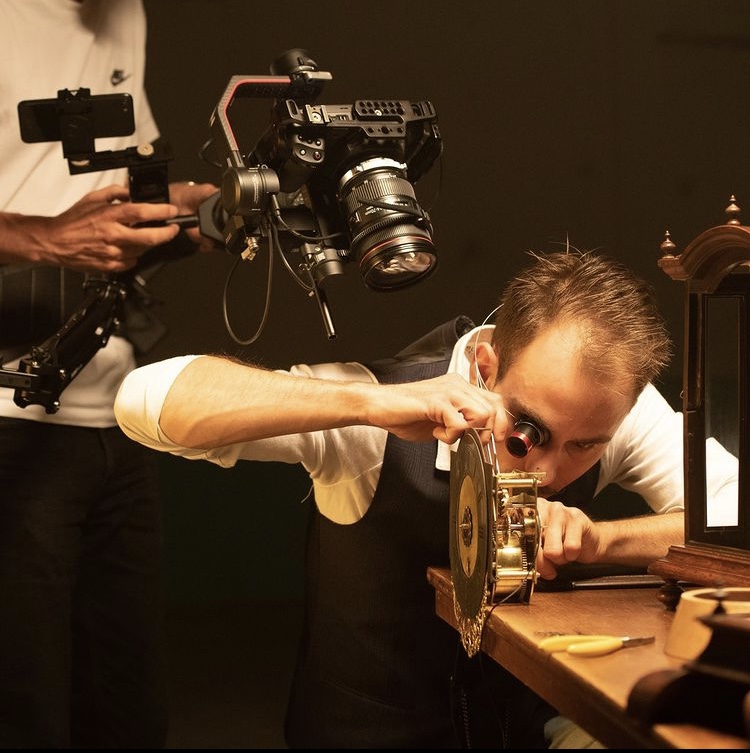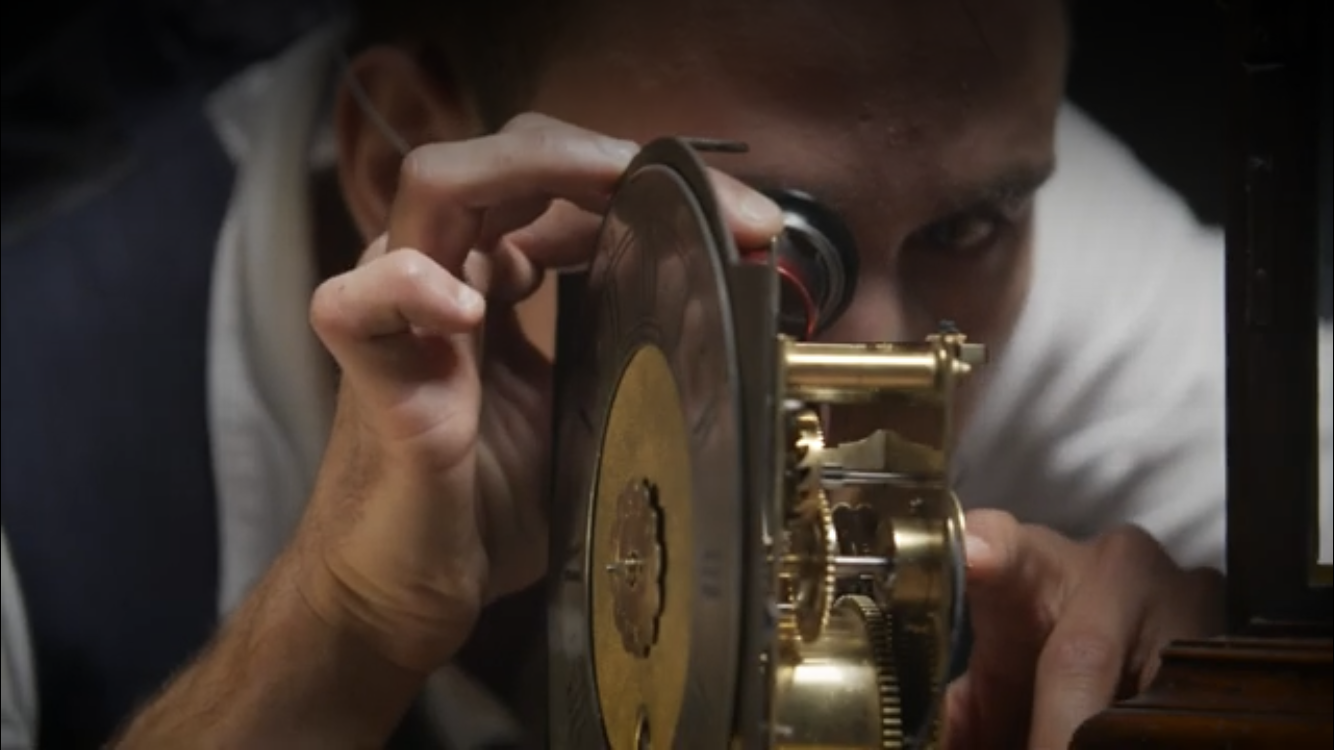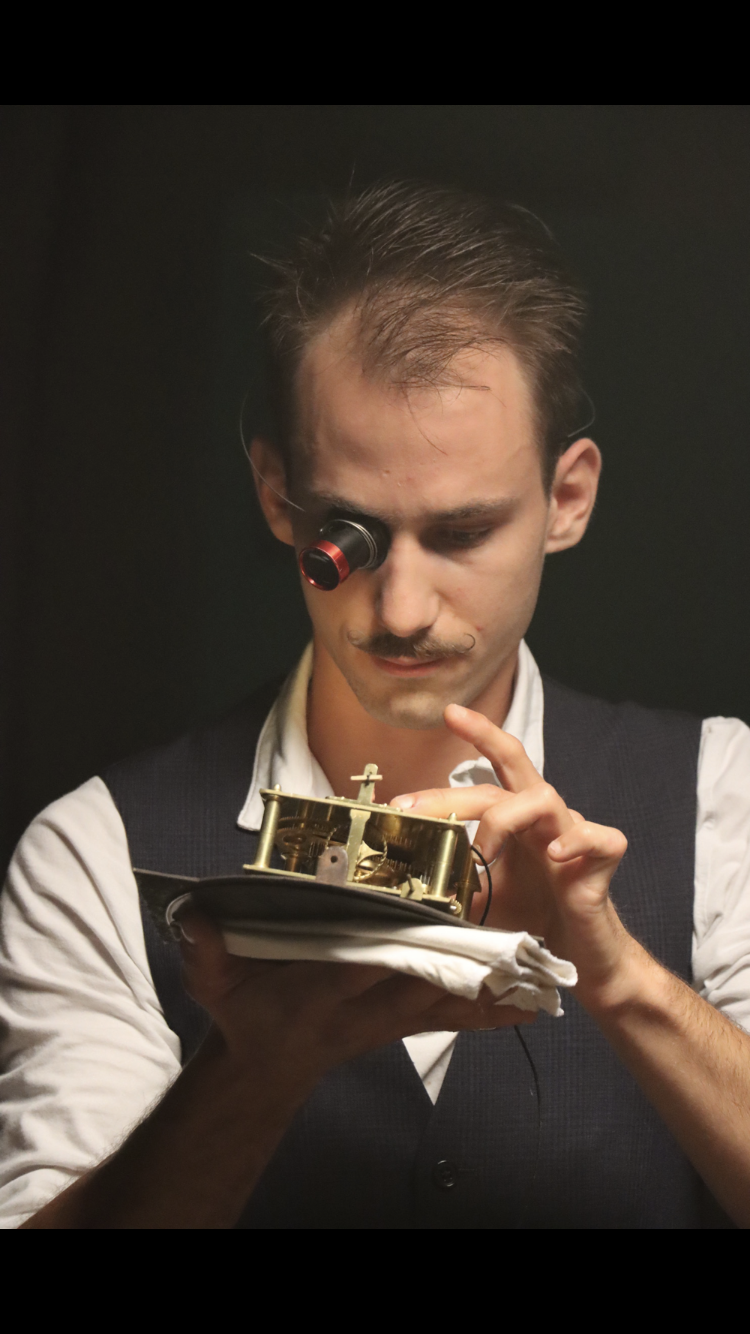Recommendations

Moving the clock
Never wind up the springs before displacing the clock. Make sure the clock is at the end of rewinding. Some very important mechanical damage could occur if you lay down a clock during a transfer.
As the escapement of a clock is very delicate (the ticking), it is recommended to remove the pendulum and delicately block the clutch of the movement with a piece of silk paper, whatever type of transportation is planned, i.e. short distance, from one room to another or long distance, by car.
Before removing the pendulum, carefully observe its position so as to replace it correctly. Protect the pendulum to avoid scratching its bob (the yellow disc that swings).
Displace your clock vertically or slightly tilted backwards. When transporting the clock by car, wrap it in a cloth, install it on a seat and fix it with a seat belt.
For a clock with weights, remove the weights, unhook the pendulum and delicately block the clutch with a piece of silk paper. Protect the weights and the pendulum wrapping them in towels. The clock can be displaced inclined, protected by a towel.
For a clock meant to be hung up or placed on a chimney piece, i.e. a clock made of marble or bronze, i.e. a heavy clock, always carry it by the base; on the long run, the assembled parts don’t hold as well as one could believe.
Fixing the clock
Once the clock has been placed levelled, against a wall, on a chimney piece or a piece of furniture, hang the pendulum and give it a slight side thrust. The tic tac of the pendulum must be as regular as possible to ensure perfect operation.
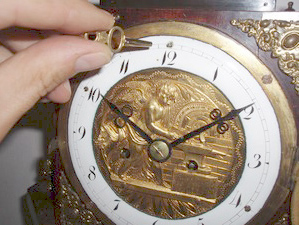
Winding up and setting the clock
Wind up your clock regularly, preferably every week, on the same day. To avoid damage, check that your winding up key is well adapted to the movement.
If the clock is going slow or fast, this can be set by means of the pendulum’s lens. If the clock ist going too slowly, screw the nut placed beneath the pendulum’s lens; if it is going too fast, unscrew the pendulum’s lens.
For a clock which is placed on a piece of furniture or a chimney piece, the pendulum is generally difficult to reach and if the clock is too slow or too fast, this can be adjusted by means of a small key on the square steel bar near the number 12 on the dial. To make the clock go faster, turn the key clockwise; to make it go slower, turn the key anti-clockwise.
In most cases, a clock driven by a spring, will generally go slightly fast just after being wound up and go slow when the winding is nearly finished. It is therefore better to set the clock at the end of the winding up period (i.e. after a week).
Never let your clock go fast or slow. Set the display with the minutes’ hand. Never force if you feel resistance.
Holidays
If you plan to be away for more than one week, it is much better to stop the clock in order to avoid disturbing the settings, according to the ringing mechanism.
Never leave the clock stopped when the springs are wound up. If you plan to go away, wind up the springs eight days before your scheduled departure and, on the day foreseen, stop the pendulum; the springs will be at the end of the travel and the mechanisms won’t endure too much tension.
For a clock with weights, you can let your clock run until the weights touch the bottom of the cabinet, or remove them before leaving.
For security’s sake and to avoid theft, remove the cornice, the window (front glass door) and the key of the clock, which you will place sheltered in another house. An incomplete clock does in principle not interest thieves.
Generalities
Avoid installing the clock in a room where it could be submitted to vibrations. A clock can quite well be fixed against an outside wall.
Never use any cleaning agents to clean the cabinet. Simply use a clean damp cloth.
Never attempt to lubricate and repair the movement of your clock yourselv; badly placed oil, or in a wrong quantity will do more harm than good.
To try repairing the movement without having some watchmaker’s knowledge can cause serious damage to the mechanism.
To finish
Should you have the least doubt and for all information, do not hesitate to contact the watchmaker’s workshop * Au Carillon d’Or *. Thierry and Grégory Amstutz are at your disposal and will be happy to give you the necessary advice.


